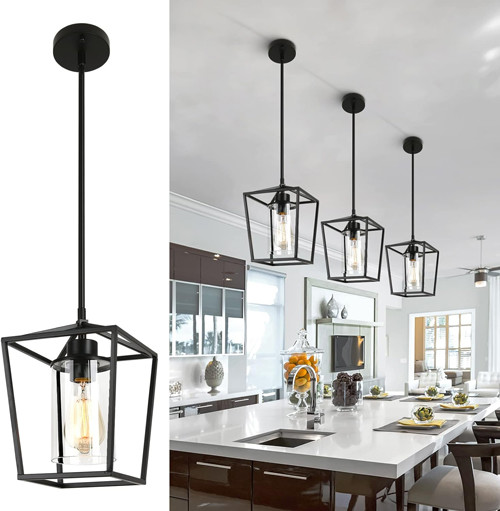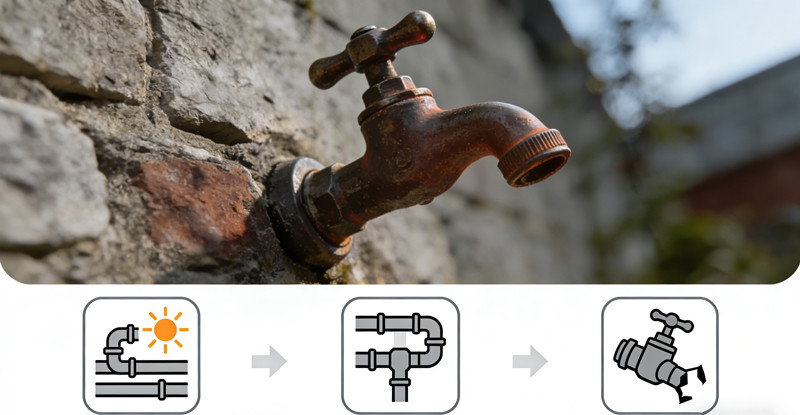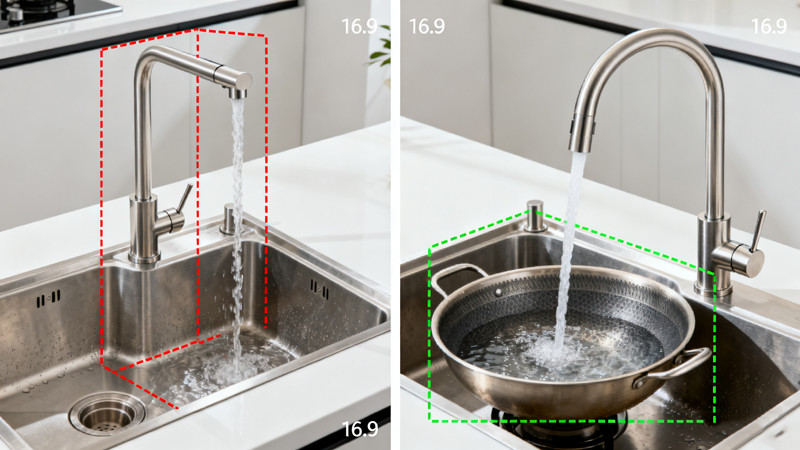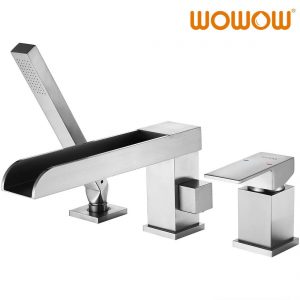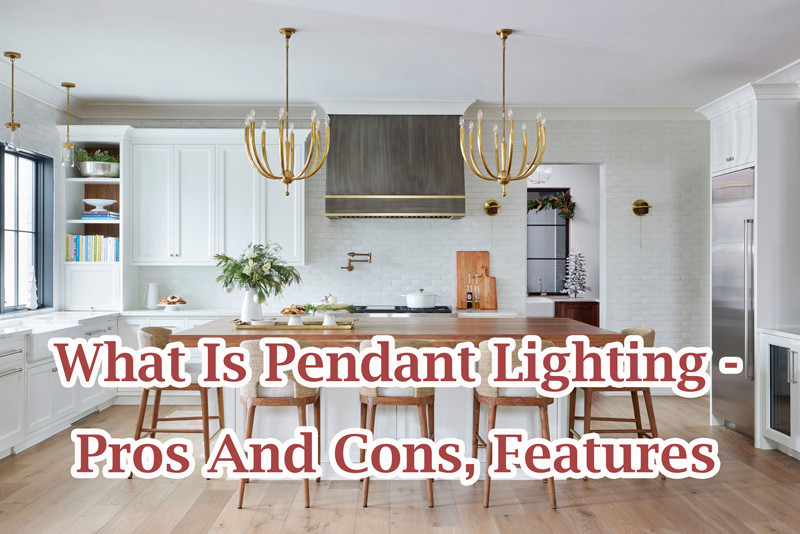
Lighting plays a pivotal role in shaping the ambiance and functionality of any space. Among the myriad lighting options available, pendant lighting stands out for its versatility, aesthetic appeal, and practicality. What is pendant lighting? In this post, we delve into its pros and cons, and its distinctive features, helping you make informed decisions when considering this lighting solution for your home or office.
What is Pendant Lighting:
Pendant lighting refers to fixtures suspended from the ceiling by a cord, chain, or rod, typically featuring a single bulb enclosed within a decorative shade, globe, or casing. This type of lighting is renowned for its ability to provide focused illumination while also serving as a statement piece in interior design schemes.
Pros of Pendant Lighting:
- Versatility: One of the most sign ificant advantages of pendant lighting is its versatility. Available in a multitude of styles, sizes, and materials, pendant lights can effortlessly complement any decor theme, whether it’s modern, industrial, minimalist, or vintage.
- Focused Illumination: Pendant lights are excellent for providing task lighting in specific areas, such as kitchen islands, dining tables, or reading nooks. Their downward-facing design concentrates light precisely where it’s needed, enhancing visibility and functionality.
- Space-Saving: Unlike floor lamps or bulky chandeliers, pendant lighting occupies minimal space, making it ideal for rooms with limited square footage. Its overhead installation also frees up valuable floor and table space, contributing to a more open and airy environment.
- Ambiance Enhancement: Pendant lights aren’t just functional; they also contribute significantly to the ambiance of a room. By choosing different bulb intensities, shades, or colors, you can create various moods, from cozy and intimate to bright and energetic.
- Decorative Element: Beyond their practical utility, pendant lights serve as striking decorative elements that can elevate the aesthetic appeal of any space. Whether you opt for a sleek, minimalist design or an ornate, artisan-crafted fixture, pendant lighting adds visual interest and personality to your interiors.
Cons of Pendant Lighting:
- Limited Coverage: While pendant lights excel at providing focused illumination, they may not be suitable as the primary light source for larger rooms or areas requiring uniform brightness. In such cases, supplementary lighting solutions may be necessary to ensure adequate coverage.
- Installation Challenges: Installing pendant lighting can be more complex compared to other types of fixtures, particularly if electrical wiring adjustments or ceiling reinforcements are required. Professional installation may be necessary, adding to the overall cost and inconvenience.
- Glare and Shadows: Depending on the design and positioning of pendant lights, glare or shadows may occur, especially if the light source is exposed or improperly diffused. Careful consideration of placement and shade selection is essential to minimize these issues.
- Maintenance Concerns: Over time, pendant lights may accumulate dust, debris, or even insects within their shades or casings, necessitating periodic cleaning and maintenance. Intricately designed fixtures with multiple components may be more challenging to clean thoroughly.
- Cost Considerations: While pendant lighting comes in a wide range of price points to suit different budgets, high-quality fixtures crafted from premium materials can be relatively expensive. Additionally, the cost of installation and any necessary electrical work should be factored into the overall budget.
Distinctive Features of Pendant Lighting:
- Adjustable Height: Many pendant lights feature adjustable cords or rods, allowing you to customize the height of the fixture to suit your preferences and the specific requirements of your space.
- Dimmable Options: Some pendant lights are compatible with dimmer switches, enabling you to adjust the brightness levels according to the time of day, mood, or activity, further enhancing their versatility.
- Energy Efficiency: With the increasing focus on sustainability and energy conservation, pendant lights equipped with LED bulbs offer an eco-friendly lighting solution that consumes less power and has a longer lifespan than traditional incandescent or fluorescent bulbs.
- Customization Possibilities: From choosing the shape, size, and color of the shade to selecting the type of bulb and finish of the hardware, pendant lighting offers ample opportunities for customization, allowing you to tailor the fixture to your unique preferences and design vision.
In conclusion
pendant lighting represents a stylish, functional, and adaptable lighting solution for various residential and commercial settings. By weighing the pros and cons and considering the distinctive features of pendant lighting, you can make informed decisions that enhance both the aesthetic appeal and practicality of your space. Whether you’re illuminating a kitchen island, dining room, or workspace, pendant lights are sure to make a striking statement while illuminating your world with warmth and style.
 WOWOW Faucets
WOWOW Faucets